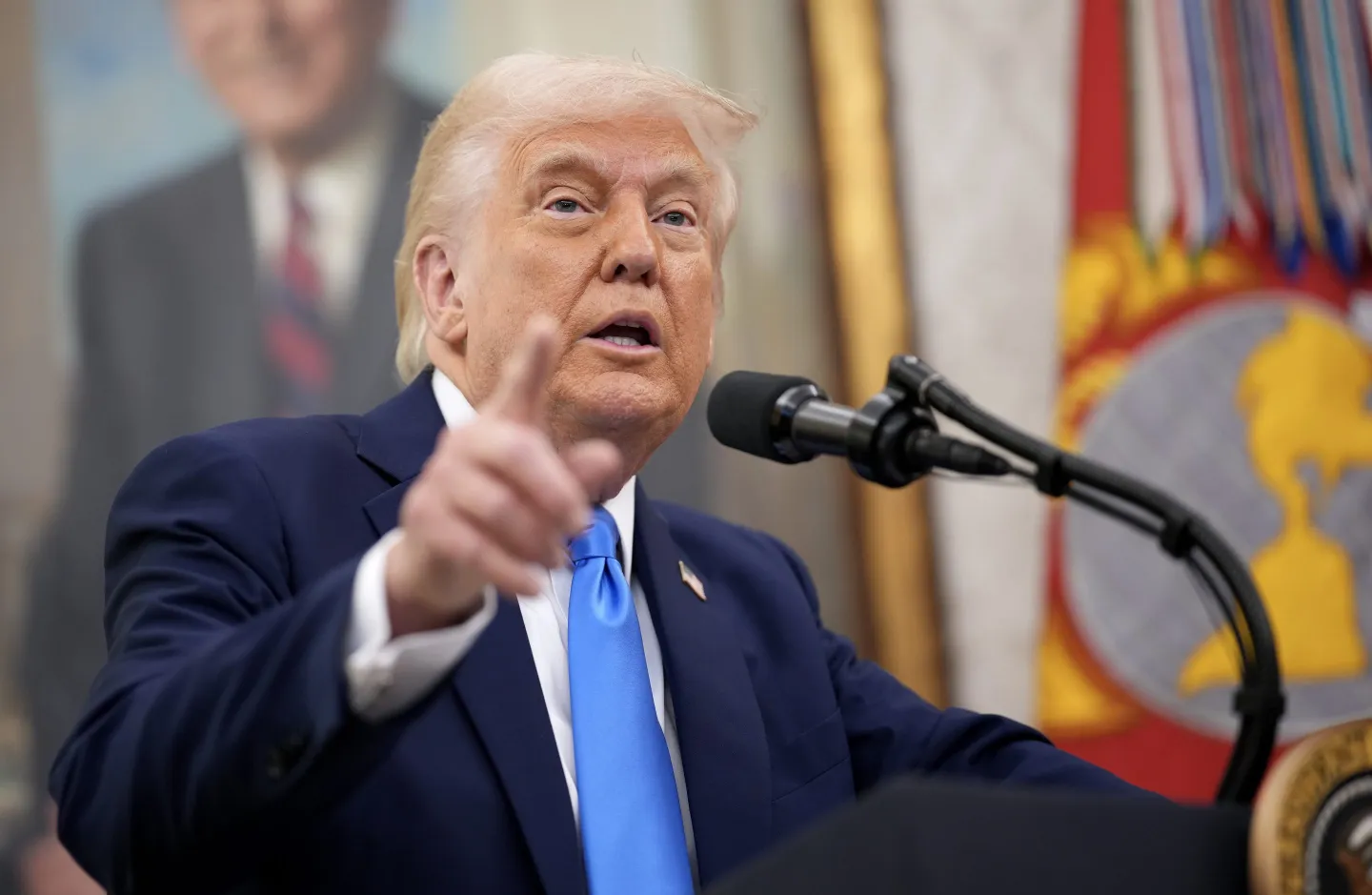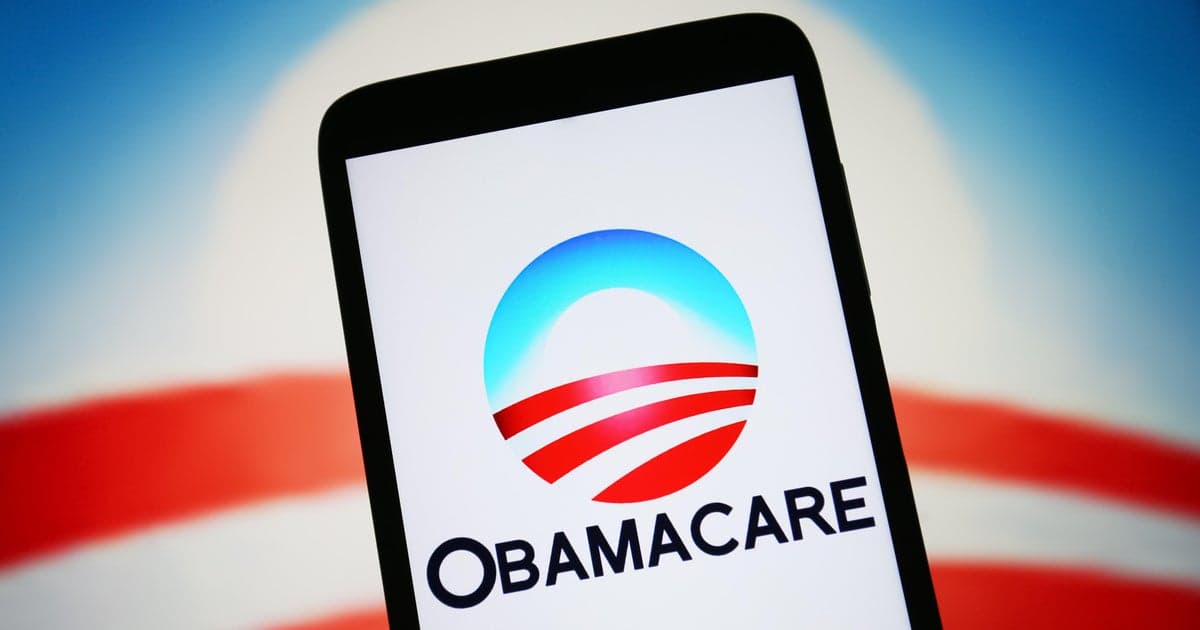Insurers Ramp Up Lobbying as ACA Subsidies Face Political Crossroads
As insurers press lawmakers for an extension of enhanced Obamacare subsidies, a new KFF analysis warns of an average 26 percent premium increase for 2026 on the ACA marketplaces. The industry is banking on a rare bipartisan and presidential alignment to prevent subsidy levels from reverting to their original 2010 setting, a shift that could unravel affordability for millions.

Insurers and their trade groups have intensified lobbying and advocacy efforts as Washington confronts a December deadline that could return Affordable Care Act premium subsidies to the law's original 2010 levels. A recent KFF analysis found that insurers have raised premiums by 26 percent on average on the ACA marketplaces for 2026, magnifying the stakes for lawmakers who must decide whether to extend the enhanced tax credits introduced during the pandemic.
Industry leaders say the outcome will hinge on more than Capitol Hill votes. They are candid that any legislative victories will likely require the support of the former president. Congress itself is divided. House Democrats have proposed a three year extension of the enhanced subsidies, and a number of Republicans have signalled support for prolonging the tax credits. That rare overlap has given insurers reason to pursue a compromise rather than a partisan standoff.
Trade associations are mobilizing resources accordingly. “AHIP has made significant investments in lobbying and advocacy to support affordability and stability for Americans across coverage markets, and we will continue to use every tool at our disposal to advance those affordability and stability priorities through the end of the year and throughout 2026,” said AHIP’s Bond. That positioning underscores the insurance sector's determination to influence both the legislative timetable and public debate.
If Congress does not act, the reversion to the 2010 subsidy formula would leave lower income consumers facing higher out of pocket costs and could destabilize participation in the marketplaces. Insurers warn that higher premiums could spur a feedback loop of sicker risk pools and rising costs, a scenario that would complicate the markets for both consumers and providers. The industry is therefore pressing not only for an extension but also for assurances that would preserve predictable payment flows and regulatory certainty through the election cycle and beyond.
The unfolding dynamic contrasts with how another health industry arm, pharmaceutical manufacturers, has positioned itself in Washington. Reporting has highlighted that drugmakers have, in recent years, cultivated more favorable relationships with key political figures, increasing their leverage as insurers find themselves navigating a more contentious relationship with the executive branch and parts of Congress. That divergence matters because it reshapes which health sector priorities gain traction in a divided political environment.
The international implications are subtle but real. Global investors watch U.S. health policy for signals about regulatory risk and market stability. Prolonged uncertainty could affect multinational plans and reinsurance arrangements, while a legislative settlement that preserves enhanced subsidies would reinforce the United States as a large, government subsidized market for private health services.
Lawmakers now face a short window to reconcile competing fiscal priorities, partisan calculations and the practical realities of millions of Americans who rely on marketplace coverage. For insurers the path forward is clear, they must translate lobbying muscle into political consensus or accept a policy reset that could prompt immediate market dislocation.


